It might seem that we have an answer, but science is far from it. Let’s first look at how we can address this question.
In what form is memory stored in the brain? Let me create some variations of this question.
- What happens in the brain biologically speaking?
- What happens in the brain from the ‘mind’ or cognitive perspective?
- How is information from within the brain and the external environment translated so it can be stored biologically and have a mind component? In short, how are these seemingly disparate aspects of memory bound together?
1. What happens in the brain biologically speaking?
The biochemistry of memory.
The answer to question 1 has the following important points:
- Memory is stored as a function of neural connections. Memory is a relatively stable form of neural states. That is, a neuron behaves in a specific way -it excites or inhibits other neurons using certain chemicals called neurotransmitters (dopamine, GABA, etc.). These neurons form a network. Stable neuronal networks represent memories.
- The synapse is the area between 2 neurons where communication becomes actionable. The synapse, in a manner of speaking, communicates with the neuron it is connected to. Over time, a stable synaptic connection forms with long-term potentiation (LTP) which is a stable increase in the ability of one neuron to excite another at the synapse, or long-term depression (LTD) which is a stable decrease in the ability of one neuron to excite another.
- Connections – dendrites and axons are parts of the neuron that link to other neurons. These parts form a network. This network can be specialized to represent a certain form of memory. For example, the
memory of how the airplane cabin crew executes their instructions. These connections can also represent meta-processes such as how we think about solving the Rubik’s cube. It can represent an algorithm. - Memory can be of things we learn such as poetry, history answers, and phone numbers and it can also be for complex mechanisms such as playing a song on the violin. The key point is that these would have a biological underpinning that represents the memory for these things and facilitate remembering the memory of what is learned previously.
- It is fair to assume that most of the brain can hold memories across all of its many trillions of connections. Here is a small overview of how learning is consolidated as memories in the brain.
We now enter the idea of Engrams. Engrams[1] are the basic “unit of memory” that, when activated, retrieve the stored memory. Richard Semon, A german Zoologist, introduced this idea as a hypothesis in 1904 stating that a memory will have a neural (physical) component called an engram that actually stores the memory and not just acts as a button to retrieve it. Less scientific versions of his proposal have existed in old philosophical assumptions like “the brain contains the memory” in Plato and Aristotle’s writings. The tools to identify engrams did not exist back then, but they do now.
Engrams are interesting because they are a proposed solution and an abstraction for many problems in memory. When we look at a
Current research shows[3] some evidence (typically in mice) that:
- During learning, synaptic changes occur and cells in a given area undergo changes to become a part of an engram.
- Engrams are re-activated when a memory is recalled.
- Components of a memory are represented by multiple engram networks.
- Engrams may range from being silent to active, where silent engrams lead to a failure of memory retrieval, and activating them allows recalling a memory even during the absence of an external cue.
- Engrams are stored[4] in the hippocampus for a few days after learning and then go silent when neurons from the cortical regions become triggers for new engrams that activate the memory. For memories with an emotional component, there may still be engrams in the amygdala that are connected to the ones in the cortex.
- Activating one engram ensemble from a network of engrams can facilitate recall, but activating more engrams within the network enhance recall more. This likely has an upper limit where activating all engrams in a memory may not benefit retrieval more than activating just a few but a few activated engrams do benefit more than activating just one.
The most surprising aspect of engrams is that there might not be a precise way to conceptualize them at the moment. Some researchers believe neurons that activate during learning fight to become a part of the engram network after successful physical modifications. Others think neurons are connected to engram cells. Some experiments have shown that memory can be destroyed by virtually switching of any neurons within a relevant region. So it is hard to pinpoint where the components of memory are stored. As per our current understanding[5],
The award-winning image by Stephanie Grella shows 2 memory engrams at a time. The pink ones are a fear memory and the green ones are positive socializing memories in mice. The blue ones are nuclei of neurons that are not a part of the fear or social memory. Researchers trained mice to develop a fear memory by putting them in a startling environment. They also let the mice socialize with other mice. They then re-inserted the mice into the startling environment and artificially activated the neurons associated with socializing – an attempt to use the positivity of socializing to undo the fear response. The mice showed a weaker fear response.
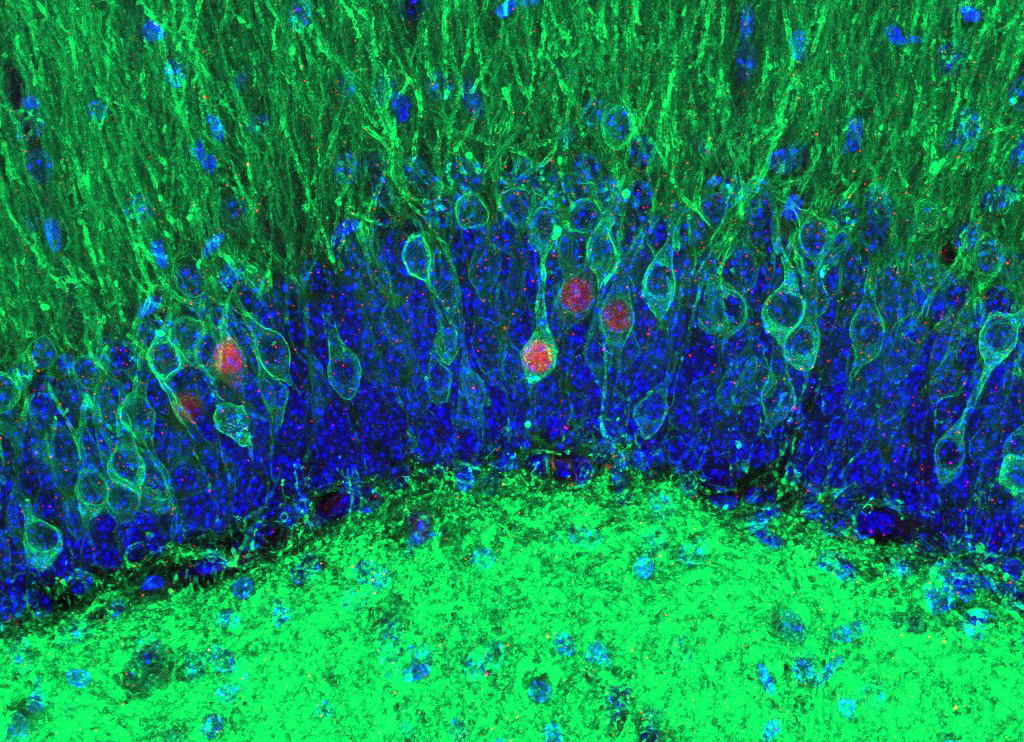
Locating memory in the brain is really hard. Current methods usually involve labeling neurons with harmless viruses that are activated with light. This helps researchers identify the neurons involved in a process by shedding light on them and even artificially activating them.

2. What happens in the brain from the ‘mind’ or cognitive perspective?
The subjective and objective experience of memory.
The answer to question 2 has the following important points:
- The mental component of memory can be broken down to represent simple and complex ideas. These include images, sounds, feelings, etc., which are all called “sensory imagery”
- A layer of memory is a semantic layer – the memory described as words or narratives.
- The cognitive aspect of memory can be a holistic phenomenon such as remembering a whole day at school and could be very fine processes you learned in chemistry.
- Memory is consolidated[7] (converted from unstable forms to stable forms in 2 ways).
- Systems consolidation: Memories are formed with neurons from the hippocampus guiding neurons in the neocortex. Over time, neurons from the hippocampus are delinked with those from the neocortex, so the neocortex activates the memory independently without recruiting the hippocampus.
- Memory consolidation: Newly formed memories are encoded (translated from sensory input to independent units), stored in long-term memory as stable neural networks and synaptic strengths, and then retrieved via the ability to activate the neural networks. Then comes, reconsolidation where a memory is reprocessed when remembered and slightly altered.
- Most of what we can introspect about memory – what we remember, how it looks like, what components it carries, etc. are a part of the mental representation of memory.
- These components are largely bound to sensory inputs that we have experienced. You know what a table looks like. You can remember it. This representation of a table, called a concept, is linked to the Engram that holds it biologically.
- The knowledge that you have a memory doesn’t come from checking the entire memory. It comes from a layer called metamemory which probably only identifies a component of the memory.
3. How is information from within the brain and the external environment translated so it can be stored biologically and have a mind component?
The binding of cognitive components with engrams.
We do not know how a memory that we recognize as ‘memory’ – your 16th birthday, college slides,
One idea people are working on is that memory, in some cases, extends outside the brain[8] and includes the bodily functions and social cues. They mean this literally in the sense that your memory is partly governed by processes that occur in the body and in society. The most popular example is “transactive memory” – it is knowing that someone else has a memory that you can access by asking them, but you don’t have the memory itself in your head.
Another idea is a more classical, mechanistic idea. Memory is itself a “behavior” that is learned, but the behavior is micro. Like words produced by your vocal cords’ muscles as “sub-vocal speech”. The memory is then activated based on cues from the environment or occurs as a “long continuous chain” of stimulus-responses where one memory triggers another, and that’s been happening since birth. Problems in this approach are we don’t know what creates the “form” of a memory.
One approach I believe we are yet to fully explore is that sensory noise from the environment and within the body is transformed and refined, and that refined state is called a memory. In this process, a particular vision you can recall in your head (imagination) is essentially taking noise from within the brain and processing it to that image using biological process that occurred during the memory’s first formation.
Something on these lines: When you see a new object and memorize it, your brain processes that image and contrasts it with noise. The difference in how noise appears biologically and how the object looks is stored as a memory component. While recalling the object, that component activates and recreates the object. This explains why paying more attention can improve memory because then the brain can model the object better, so the difference is more nuanced. This idea should at least explain memories that carry a mental imagery component. This is still speculation.
But generally, we don’t yet know:
- How the two can be mapped together and stay linked.
- If there is a missing component that links the two.
- Whether we are even looking at this correctly – should there be a missing component?
- What the mental representations are made up of. Sure, we can say they are sensory in nature or they are abstract and subjective. But what is it? Consciousness is not really the answer. It is just another ‘What?’ that is even harder to define and observe. In a way, we do not know the material that creates all forms of imagery.
This question is an open question for scientists to answer.
To understand and describe how information is translated into both a biological and mental phenomenon while being connected is one of the biggest unanswered questions in science. We have only begun to understand the components that hold them together, far from a unified theory.
The easy part is over:) I’ll discuss the very specifics in another post. Until then, you can enjoy how human memory is conceptualized as a model.
Sources
[2]: https://www.ncbi.nlm.nih.gov/pmc/articles/PMC4874022/
[3]: https://www.science.org/doi/abs/10.1126/science.aaw4325
[4]: https://pubmed.ncbi.nlm.nih.gov/28386011/
[5]: https://www.nature.com/articles/s41467-022-29384-4
[6]: https://directorsblog.nih.gov/2022/08/02/seeing-two-memories-at-once/
[7]: https://www.ncbi.nlm.nih.gov/pmc/articles/PMC4526749/
[8]: https://link.springer.com/article/10.1007/s13164-013-0131-x#Abs1

Hey! Thank you for reading; hope you enjoyed the article. I run Cognition Today to paint a holistic picture of psychology. My content here is referenced and featured in NY Times, Forbes, CNET, Entrepreneur, Lifehacker, 10-15 books, academic courses, and research papers.
I’m a full-time psychology blogger, part-time Edtech and cyberpsychology consultant, guitar trainer, and also overtime impostor. I’ve studied at NIMHANS Bangalore (positive psychology), Savitribai Phule Pune University (clinical psychology), and IIM Ahmedabad (marketing psychology).
I’m based in Pune, India. Love sci-fi, horror media; Love rock, metal, synthwave, and pop music; can’t whistle; can play 2 guitars at a time.

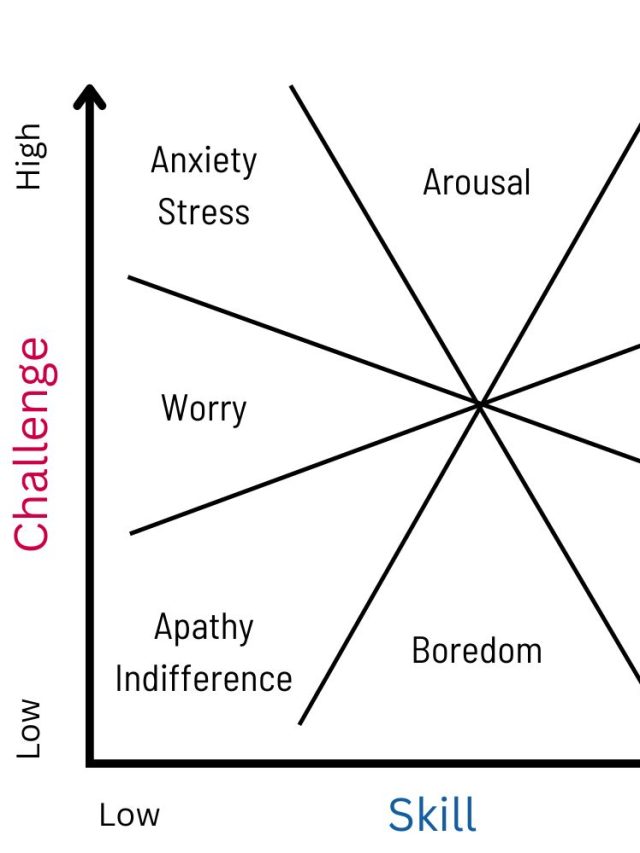

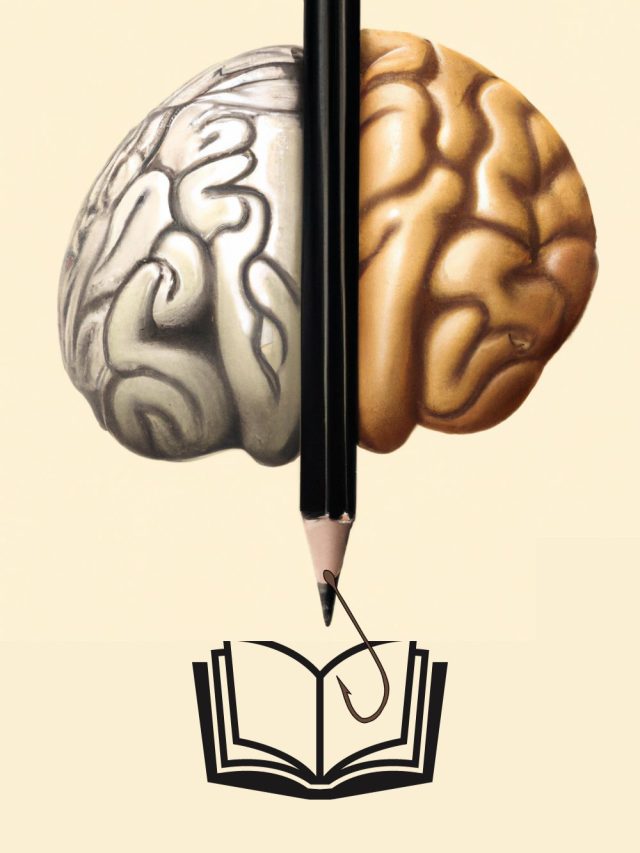




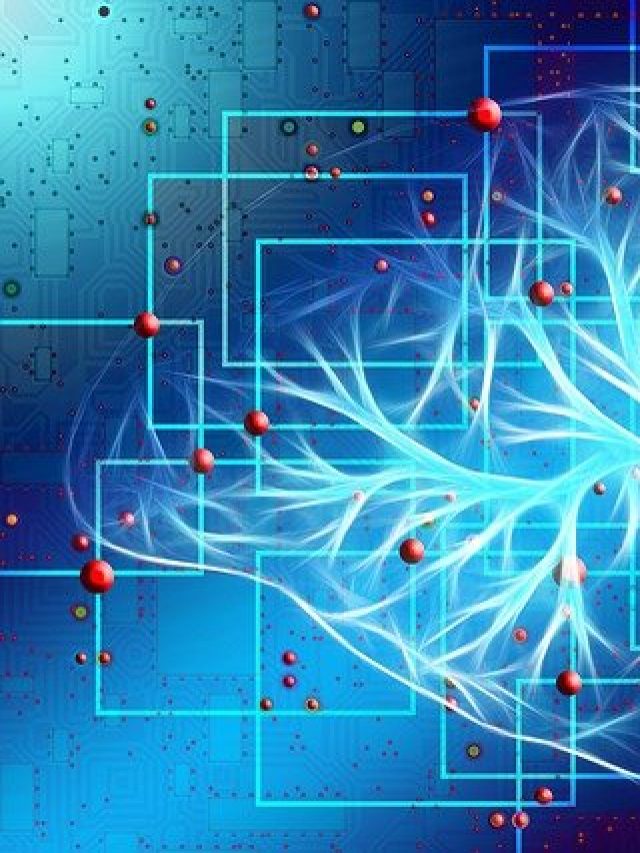
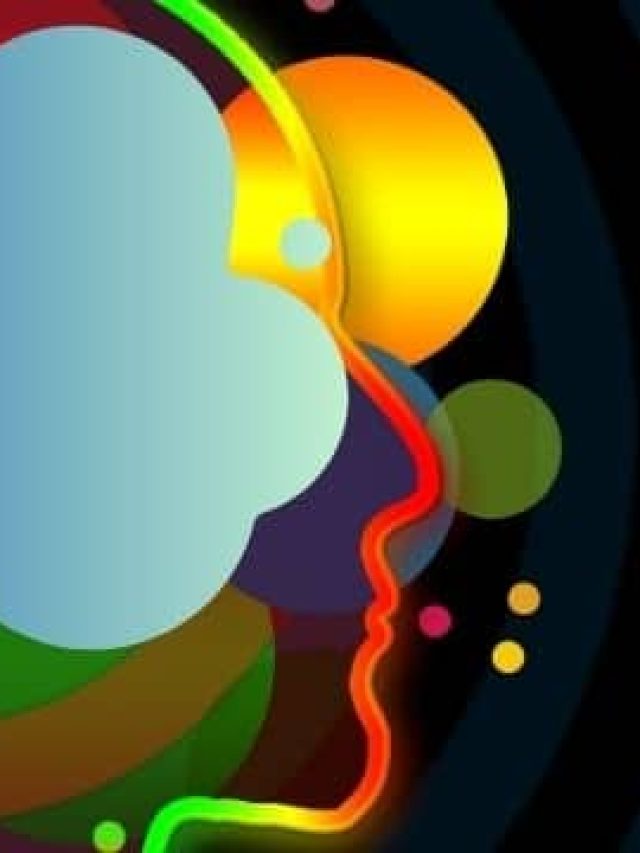

good to read such articles
Can we delete memories as of today, is it possible? And if so how?
We can’t really delete them but there are techniques to deal with them.
You could let memories fade away by not recalling them. They eventually weaken and die out. The problem is us trying to remember the bad memories which reinforce them and make them stronger. You can associate a memory with new things to override it’s emotional burden. You can condition a memory to be neutral through a therapeutic process called ‘eye movement desensitization & reprocessing’. It’s really great for traumatic memories.
But, science is progressing and we’ll soon be able to learn how deconstruct & destroy a memory. Some research on mice show that a memory of simple learning (fear like behaviour) can be deleted.
Let’s wait for a while and find out how it can be used for humans!